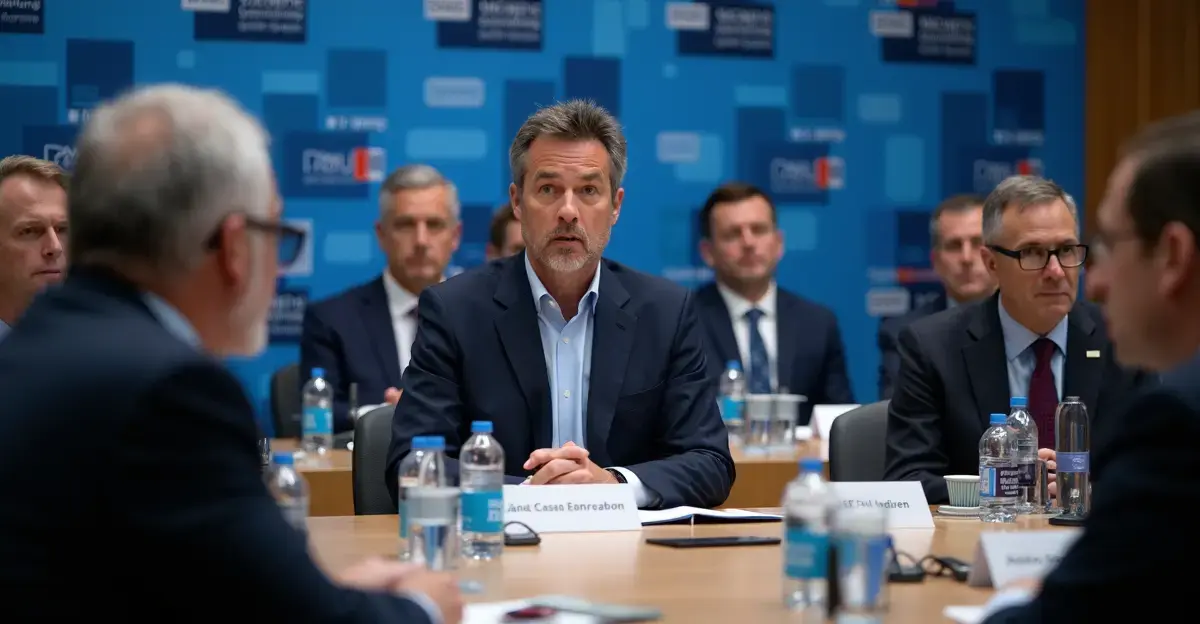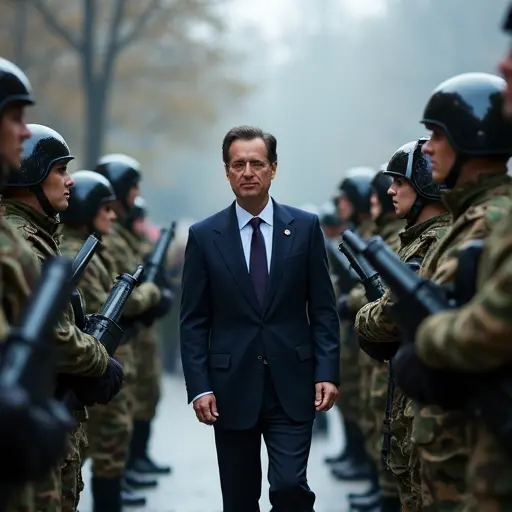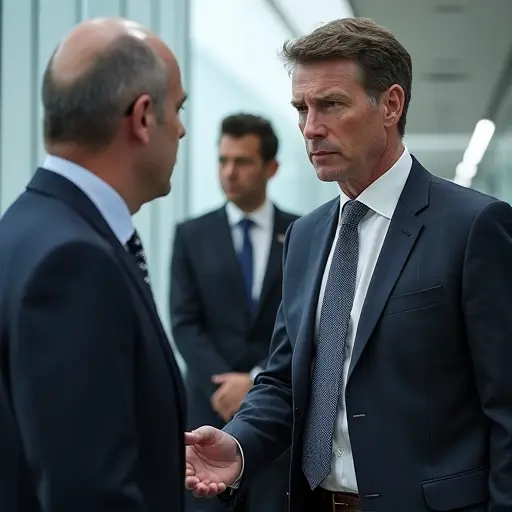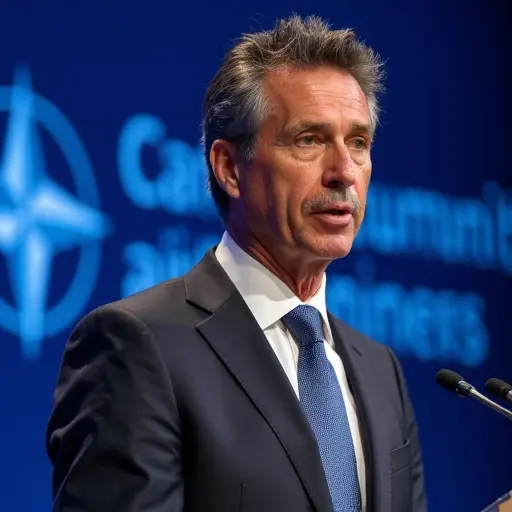NATO's 2025 summit resulted in member states pledging to increase defense spending to 5% of GDP. The agreement includes contingency plans for potential US withdrawal and aims to boost weapons stockpiles by 30%. New Secretary General Mark Rutte called for a 'wartime mindset' while reaffirming Article 5 commitments.

Alliance Sets Ambitious 5% GDP Target Amid Global Tensions
NATO leaders have pledged to dramatically increase defense spending during the landmark 2025 summit in The Hague. In a major shift, member states agreed to raise military budgets to 5% of GDP, responding to heightened geopolitical threats and potential US withdrawal concerns.
Breaking Down the Defense Commitment
The agreement marks NATO's most ambitious spending target ever. Current US contributions stand at 65% of alliance funding, but European members are stepping up. Poland already spends 4.7% of GDP on defense, while the Netherlands committed to 3.5% plus 1.5% for defense-related infrastructure. NATO officials confirm this collective push aims to address vulnerabilities exposed by recent conflicts.
Preparing for Uncertain Futures
Behind closed doors, UK, France and Nordic nations crafted contingency plans for reduced US involvement. "We must work together to make this understanding clearer among all allies," stated Estonian Defense Minister Hanno Pevkur. The summit also proposed boosting weapons stockpiles by 30% across European members and Canada.
Rutte's Wartime Mindset Call
New Secretary General Mark Rutte opened his tenure with a stark warning: "We must shift to a wartime mindset and turbo charge our defense production." The former Dutch PM emphasized rapid industrial scaling to meet new threats, with The Hague summit serving as his debut leadership test.
Article 5 Ironclad Promise
Despite spending debates, the summit reaffirmed NATO's core principle. The final declaration emphasized "ironclad commitment to collective defence" under Article 5, directly addressing concerns about alliance cohesion during global instability.

 Nederlands
Nederlands
 English
English
 Français
Français
 Deutsch
Deutsch
 Español
Español
 Português
Português









